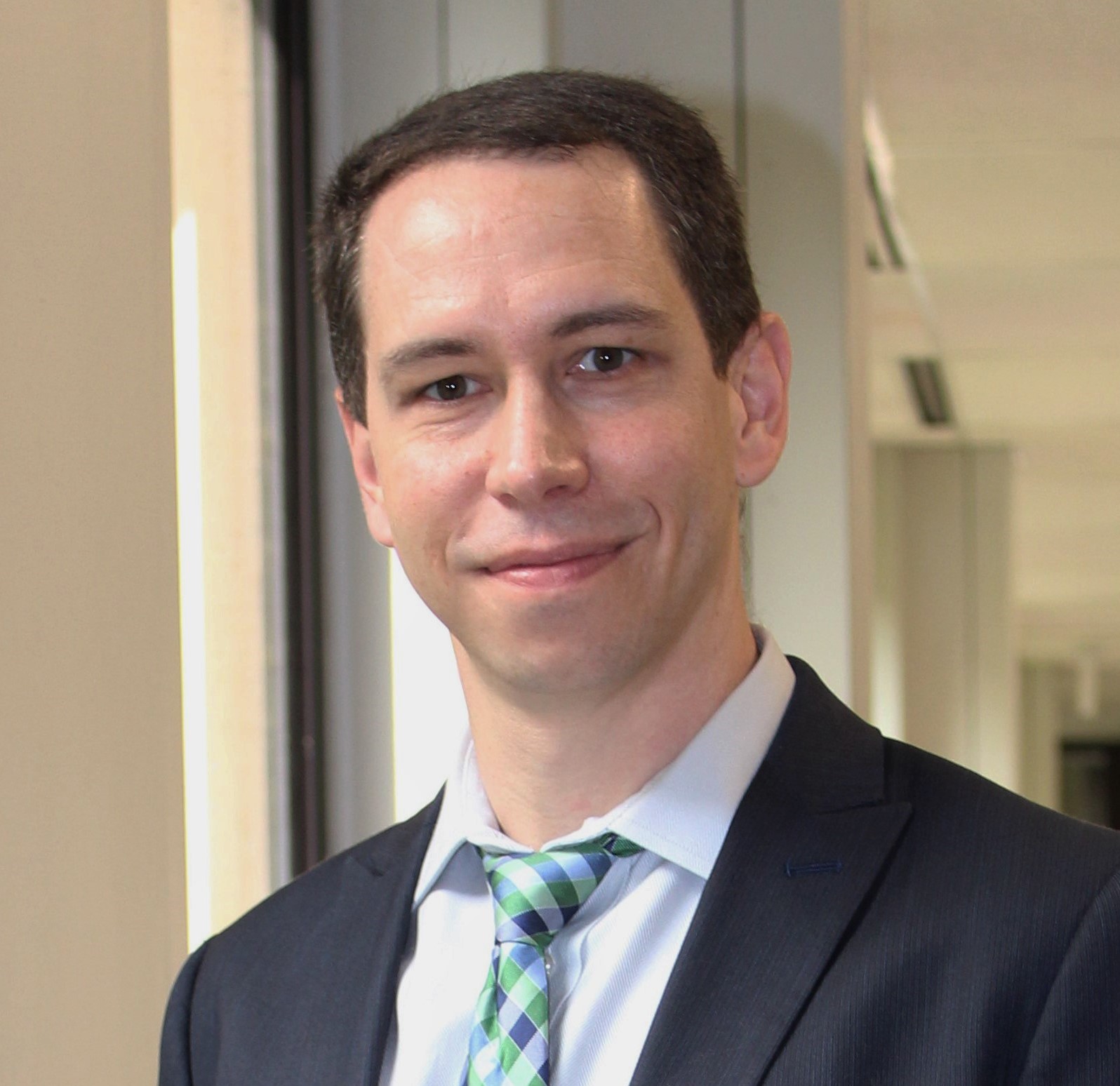Carlos Larriba
P.I. Larriba’s field broad spectra could be englobed under a single concept: Nanoengineering and Nanomanufacturing. Among multiple fields, his main focus is steered towards electrosprays of ionic liquids under vacuum (used in clean electrical propulsion for satellites), dielectric electrosprays by means of charge injection atomization (for efficient production and control of fuel drop generation and combustion), Ion Mobility Spectrometry (IMS) coupled with Mass Spectrometry (MS) for the characterization of polymers, nanoparticles and large biomolecules and plasma reactors and plasma modeling for the nucleation and collection of silane ions and nanoparticles.
In IMS-MS, current projects include structural characterization of liquid and solid polymers, proteins, asphaltenes, biomolecules and Room Temperature Ionic Liquids. Bulk properties are then determined through experimental and theoretical mobility inferences. Most notably, he has put together a system consisting a flat parallel plate Differential Mobility Analyzer (DMA) (Resolution >60) together with a QSTAR XL Mass Spectrometer. The third built so far and one of the best characterization IMS-MS systems in the world.
In the field of coaxial electrospray, since his Ph.D. at Yale University, he strives to develop a novel technique for the production of monodispersed sized dielectric droplets in the submicron range. My most recent projects involve the generation of 0.3-10nm silver nanoparticles of controlled size and distribution for the characterization of condensation and evaporation rates of metal particles using a tandem DMA system and micro plasma generation of Nickel nanoparticles.
Theoretically and numerically he has developed a suite of algorithms, Ion Mobility Spectrometry Suite (IMoS) initially freely available and used by several university departments at the moment, to calculate heat, mass and momentum transfer in the free molecular regime for all atom models using the Kinetic Theory of Gases including the possibility of diffuse reemission, polarization and vdw potentials or even gas diatomic molecules. His work also revolves around the study of surface bulk properties, such as surface tension or viscosity, finding new theoretical approaches based on interphase and statistical thermodynamics.
In 2013 he joined High Temperature Plasma Lab at the University of Minnesota to improve the Aerosol-Plasma numerical model under the guidance of Professor Steven Girshick. His main tasks included developing a 2D axial symmetric, multichemistry, sectional Aerosol-Plasma model and the study of afterglow and pulsing plasmas for ion and Silane nanoparticle collection. Other objectives include the study of dust formation from fusion edge plasma, microplasma jets and nanoparticle-nanoparticle and ion-nanoparticle (OML) interactions in plasma.
He recently (2015) has started a tenure-track at the Purdue University School of Engineering and Technology in Inidianapolis IUPUI where I will resume my previous activities as a PI specially focusing in IMS-MS and numerical studies of transport properties in the gas phase.


